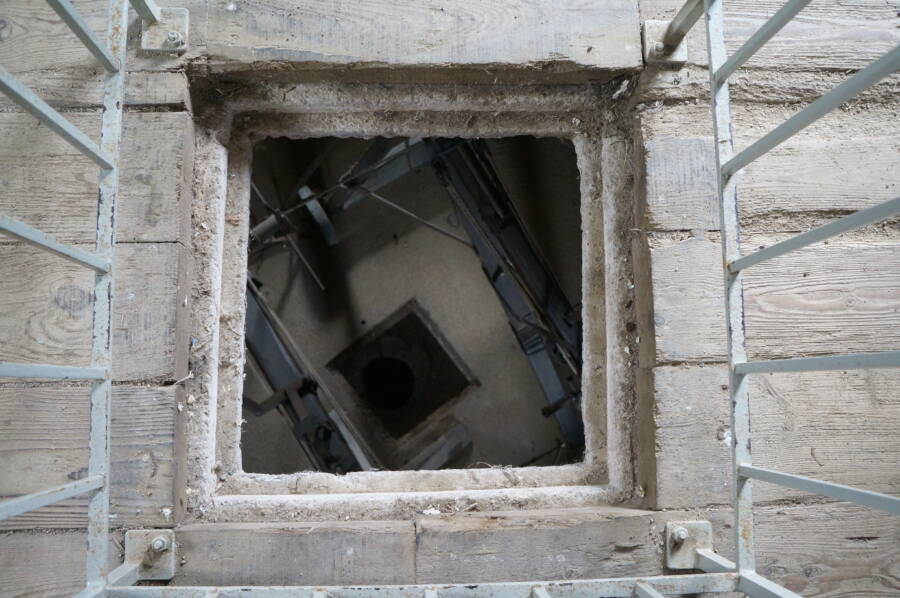Oubliette: The Torture Of Being Forgotten

Pierre André Leclercq/Wikimedia CommonsA reconstructed oubliette at Fort La Latte in Plévenon, France.
So far, all the medieval torture devices on this list inflicted physical pain upon victims. But the next one, the oubliette, was a bit different.
“Oubliette” comes from the French word oublier, or “to forget.” And that’s what this torture basically consisted of. Oubliettes were pit-like prisons — also known as “bottle dungeons” — where victims were left for an extended period of time. Sometimes, they were left there forever.
Deprived of food, sunshine, and the company of others, people locked in oubliettes often starved or went mad. They were often locked in the tight space with the decaying remains of other victims or hungry rats.

Public DomainA design of a bottle dungeon from Château Pierrefonds in France.
Such prisons have been found across Europe, in places like Wales, France (including at the Bastille prison), and even in Turkey.
That said, some historians have argued that some oubliette-like spaces have been misinterpreted. Rather than being prisons, they might have been used to store ice, for example, or they may have even been used as sewers.
But European history is rife with mentions of tiny, dark spaces where victims were left to slowly lose their minds. For example, prisoners at the Tower of London were sometimes locked into the “Little Ease” prison, a cramped, windowless space, in hopes of slowly breaking their spirit.





